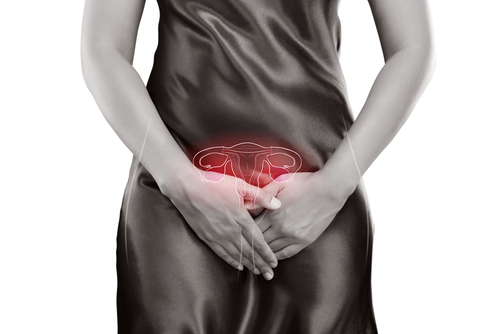Scar endometrioma is rare but can occur in women who undergo gynecological or obstetrical surgery, characterized by the development of a painful mass that worsens with menstruation, according to a case report that describes the diagnosis and treatment of this condition.
The case report, “Scar endometriosis: A case report and literature review,” was published in the Journal of Endometriosis and Pelvic Pain Disorders.
Endometriosis refers to a condition that occurs when endometrial (from the uterus) tissue develops outside the uterine cavity. Endometriosis affects an estimated 8-15 percent of women, and often leads to significant pain and infertility.
When endometriosis manifests as a mass, it is called an endometrioma. A scar endometrioma usually manifests as a lump at the surgical incision in women who have had gynecological or obstetric surgery.
Scar endometriomas are very rare, with a worldwide prevalence ranging from 0.01-1 percent. Generally, a patient with scar endometrioma presents with cyclic pain that worsens with menstruation.
There are a number of theories on how this disease develops, one of which states that endometrial cells may escape from an incision in the uterus and implant within the surgical wound. A second theory contends that if a surgeon does not properly close up certain areas during a surgical procedure, it may allow endometrial cells to leave and establish elsewhere.
In this study, researchers report the case of a patient with a scar endometrioma that developed after she gave birth via cesarean section.
The patient, a 43-year-old woman, went to the hospital complaining of a mass under the skin that was painful, single and rounded, and had progressively grown for two years. It was located under her cesarean section scar.
Since giving birth two years prior, the patient had experienced an increase in pain, a growth in the mass, menorrhagia (abnormally heavy bleeding) during the menstruation, and dyspareunia (pain during sexual activity). The symptoms could not be controlled through standard treatment, which included non-steroidal anti-inflammatory-associated oral contraceptives.
Physicians conducted a physical examination, which showed a well-defined mass at the right end of the cesarean section scar. An ultrasound examination allowed researchers to measure the mass, which was located in the wall of the lower abdomen and suggestive of an endometrioma.
The patient then underwent surgery to remove the mass, which was sent for biopsy and revealed the presence of normal or little dilated endometrial glands, surrounded by fibrous tissue, confirming the diagnosis of scar endometrioma.
At a follow-up exam, the patient had already experienced a menstrual cycle and noticed significantly less pain during sexual activity and at the location of the mass.
The authors emphasize the need for regular follow-up with patients who undergo removal of a scar endometrioma due to “chances of recurrence, which require re-excision.”
“SCE [surgical scar endometrioma] is a condition that is certainly rare but its diagnosis must be mentioned, especially considering women who have undergone open-air gynecological or obstetrical surgery and have pain associated or not with menstrual disorders,” they conclude. “The adequate management of this disease is essential to restore the quality of life of symptomatic patients, which is only possible with the correct diagnosis of this rare occurrence.”

